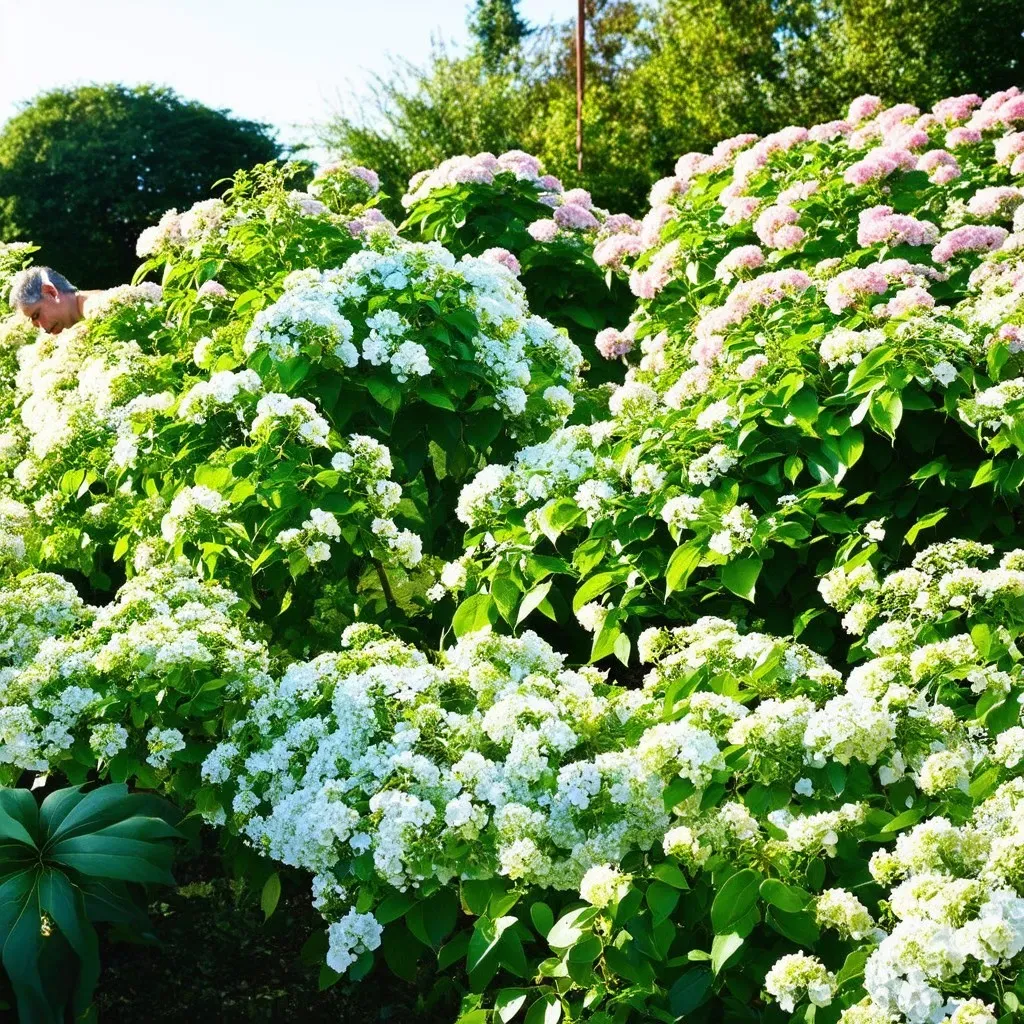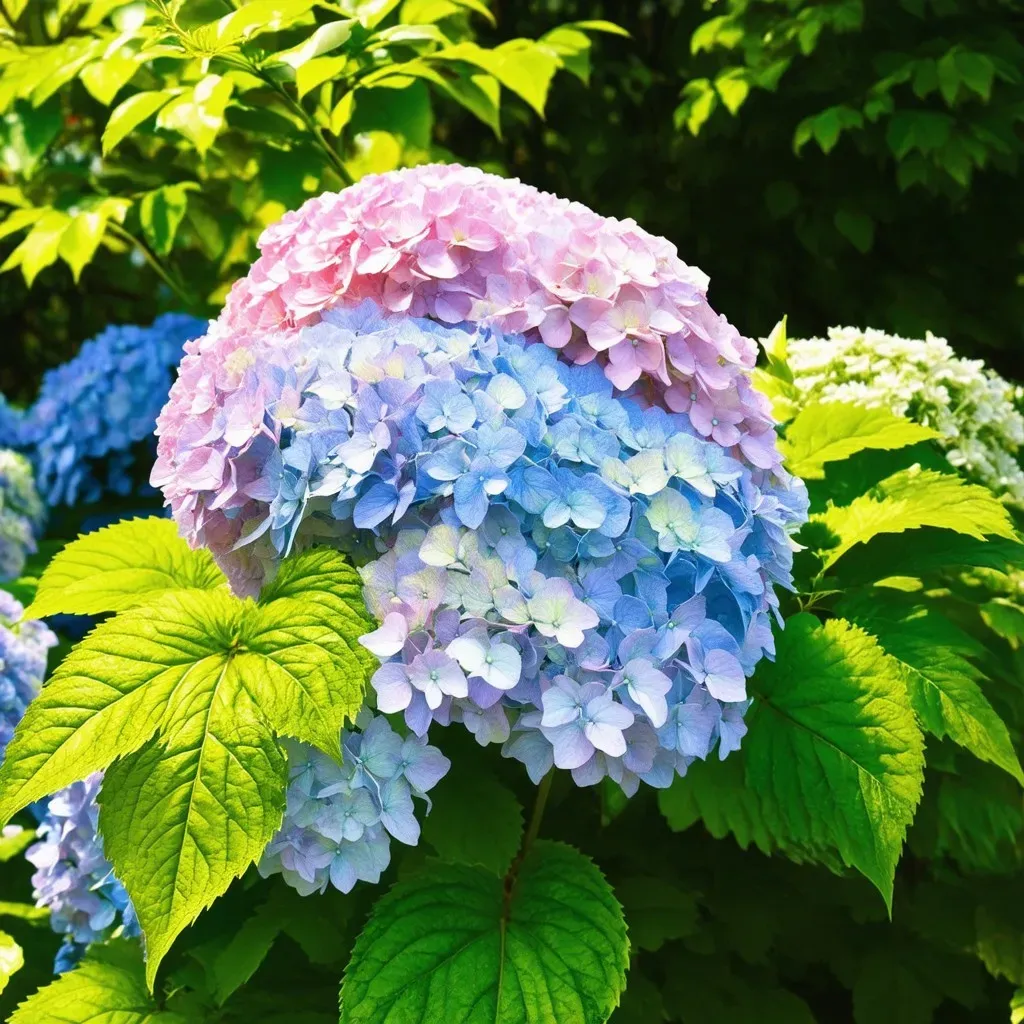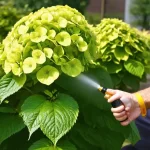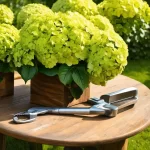Keyword: how to prune paniculata hydrangeas
Pruning is an essential aspect of hydrangea care, particularly when it comes to the beautiful paniculata variety. Deciding when and how to prune hydrangea paniculata can dramatically affect the blooms and overall health of your plant. Let’s dive deep into the steps, tips, and techniques necessary for maximizing the beauty of your paniculata hydrangeas.
When to Prune Panicle Hydrangeas
Hydrangea paniculata blooms on new wood, meaning you can effectively prune them in late winter or early spring. Here’s a quick breakdown of the ideal times for pruning:
| Season | Pruning Activity |
|---|---|
| Late Winter | Remove dead or crossed branches |
| Early Spring | Shape the shrub and promote new growth |
| Post-Bloom (Late Summer) | Deadhead spent flowers to encourage new growth |
The window for optimal pruning is typically between late February and early April. Look for the first signs of new growth as a cue to start your pruning process.
Tools You Will Need
Before you start pruning your hydrangeas, it’s crucial to have the right tools on hand:
- Hand Pruners – Perfect for small branches.
- Loppers – Useful for thicker branches.
- Pruning Saw – For larger limbs.
- Gloves – Protect your hands from sap and debris.
- Disinfecting Spray – Clean tools to prevent disease transfer.
Ensure all tools are sharp and sanitized before beginning your work. Dull tools can harm the plant and lead to disease.
Step-by-Step Guide on How to Prune Paniculata Hydrangeas
Step 1: Assess the Plant
Before making any cuts, take a step back and assess your hydrangea. Look for the following:
- Dead branches
- Overlapping branches
- Areas lacking leaves or flowers
Tip: A healthy paniculata shrub should have an open, airy structure.
Step 2: Remove Dead or Damaged Branches
Start by cutting out any dead, diseased, or damaged wood. Here’s how to do it:
- Identify dead branches which are usually dry and brittle.
- Cut back to a healthy bud or the base of the dead wood.
Step 3: Trim for Shape and Growth
Once dead wood is removed, it’s time to shape the plant:
- Aim to maintain a rounded shape for the best aesthetic.
- Trim back vigorous stems to encourage blooming.
- For plants that are too large, don’t be afraid to cut back up to one-third of the plant.
Step 4: Final Touches
After shaping, you can deadhead spent blooms from the previous summer. This helps direct the plant’s energy towards new growth instead of seed production.
Visual Guide to Pruning Techniques
Here’s a quick visual representation of the pruning techniques:
| Technique | Description |
|---|---|
| Tip Pruning | Cutting the tops of the branches to encourage bushiness |
| Thinning | Removing some branches completely to enhance airflow |
| Heading Back | Cutting stems back to an outward-facing bud to promote growth |

Frequently Asked Questions (FAQ)
How Much Should I Prune My Hydrangea Paniculata?
A general rule of thumb is to prune back by one-third. However, heavy pruning can be undertaken to manage size if necessary.
Can I Prune Hydrangea Paniculata in the Fall?
While it’s technically possible, it’s better to prune in late winter or early spring to ensure healthy new blooms.
What Happens if I Don’t Prune My Hydrangeas?
Without regular pruning, paniculata hydrangeas can become leggy, overgrown, and produce fewer blooms. Over time, this can also lead to disease issues.
Do I Need to Fertilize After Pruning?
Yes, applying a balanced fertilizer after pruning can encourage healthy growth. Look for fertilizers specifically formulated for flowering shrubs.
Where Can I Learn More About Hydrangea Care?
For additional tree and shrub care tips, you can visit Proven Winners for expert advice and instructional guides.
Conclusion
Pruning your paniculata hydrangeas effectively can lead to stunning displays of blooms that will brighten any garden. Following these steps will help ensure that your shrubs flourish and remain healthy year after year. Happy gardening!



